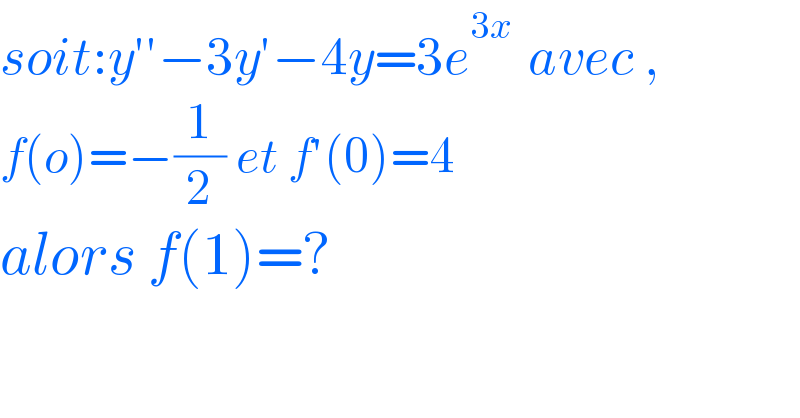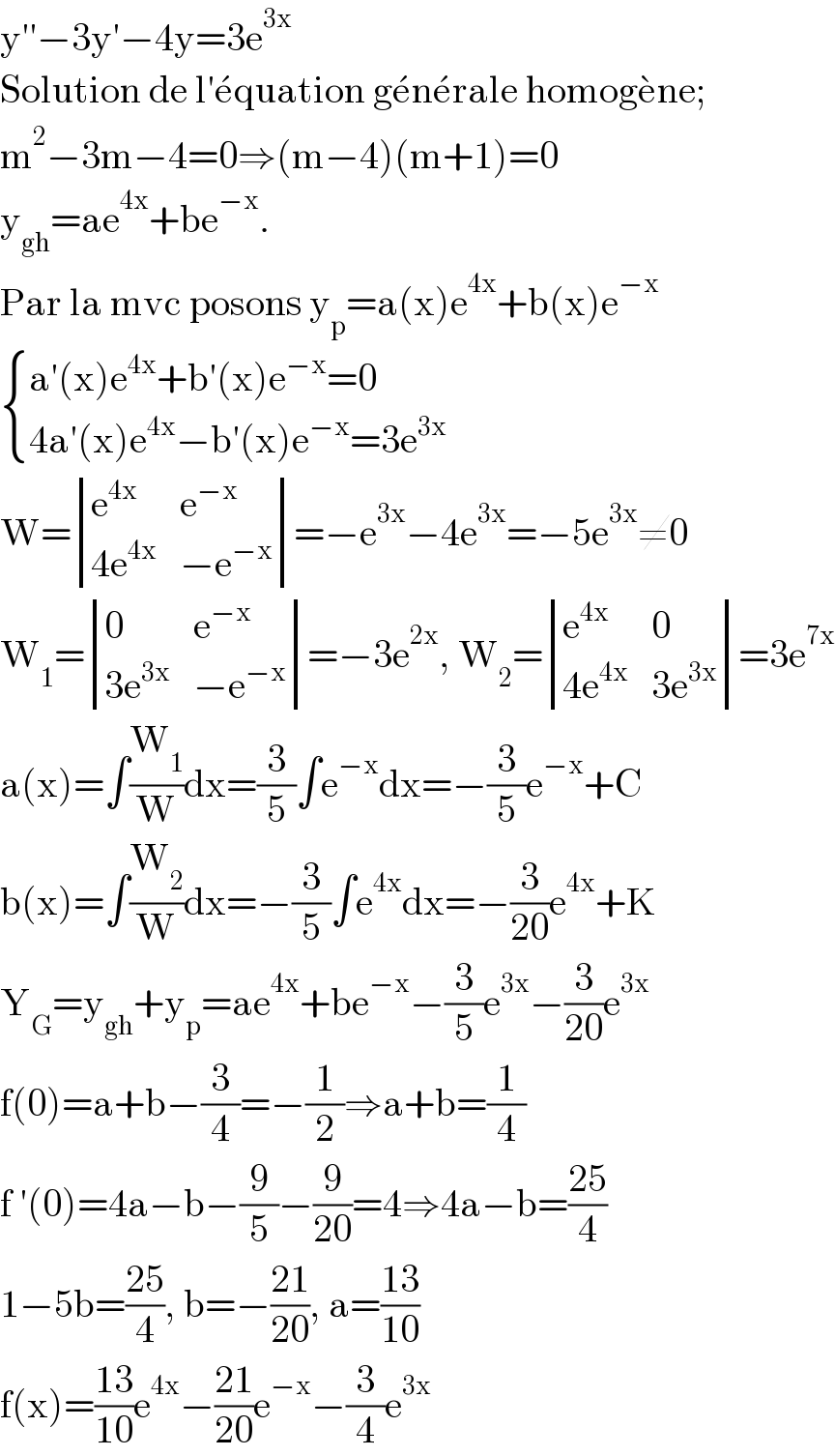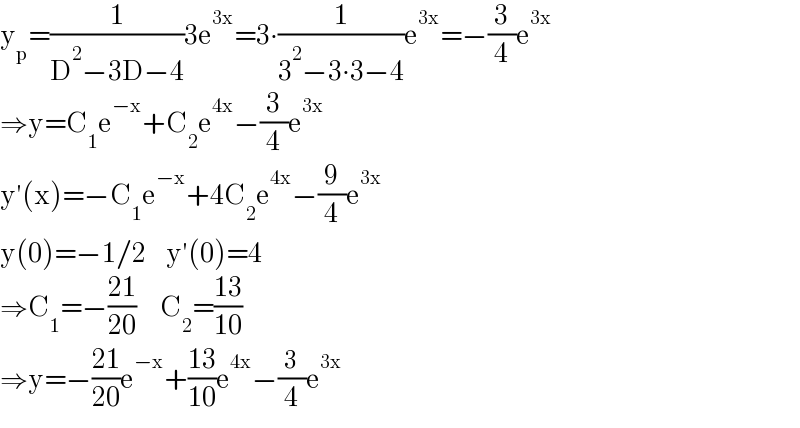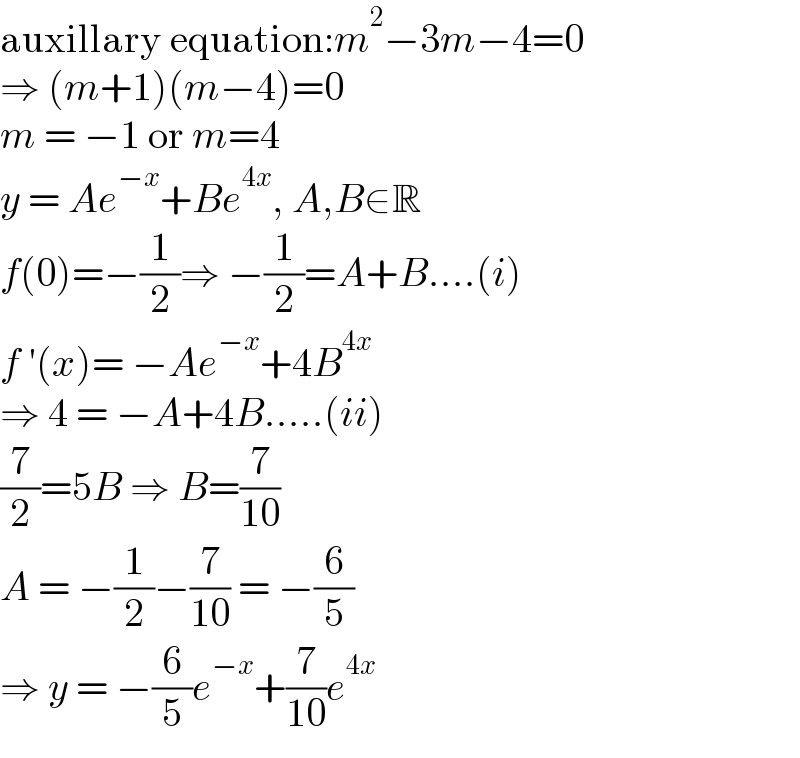
Question and Answers Forum
Question Number 154476 by SANOGO last updated on 18/Sep/21

Answered by ARUNG_Brandon_MBU last updated on 18/Sep/21

Commented by SANOGO last updated on 18/Sep/21

Commented by ARUNG_Brandon_MBU last updated on 18/Sep/21

Commented by SANOGO last updated on 18/Sep/21

Commented by Ar Brandon last updated on 18/Sep/21

Answered by qaz last updated on 19/Sep/21

Answered by physicstutes last updated on 20/Sep/21

